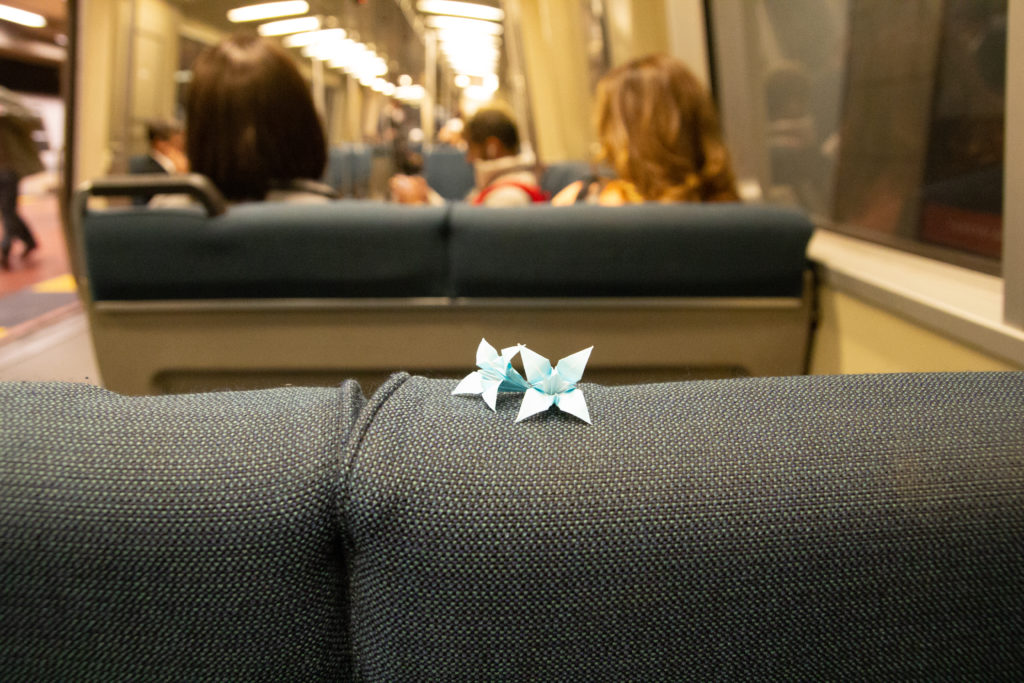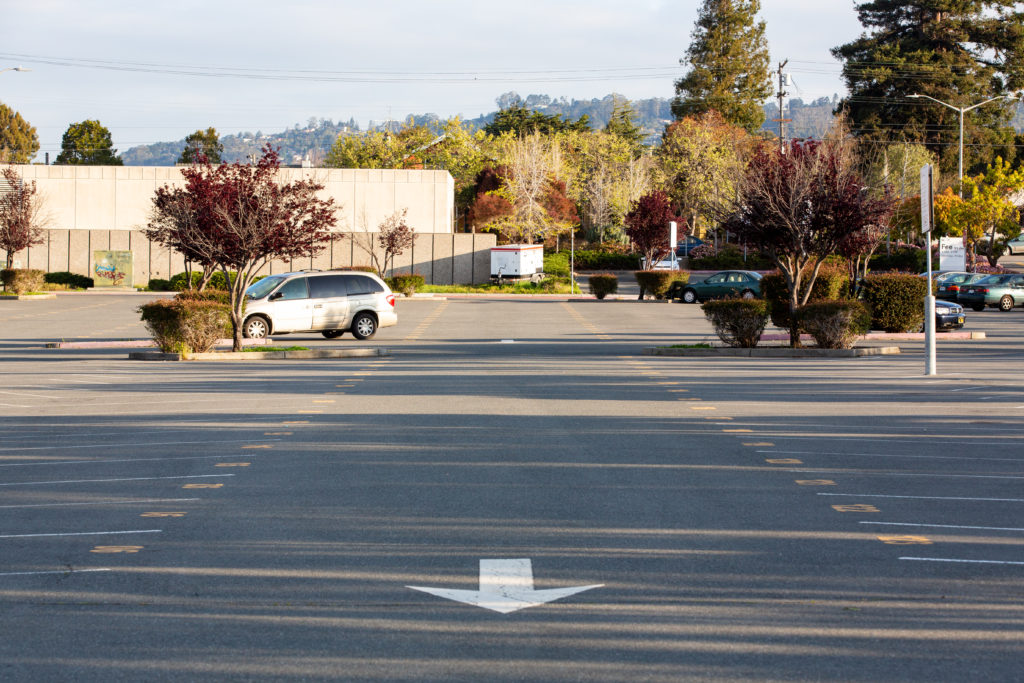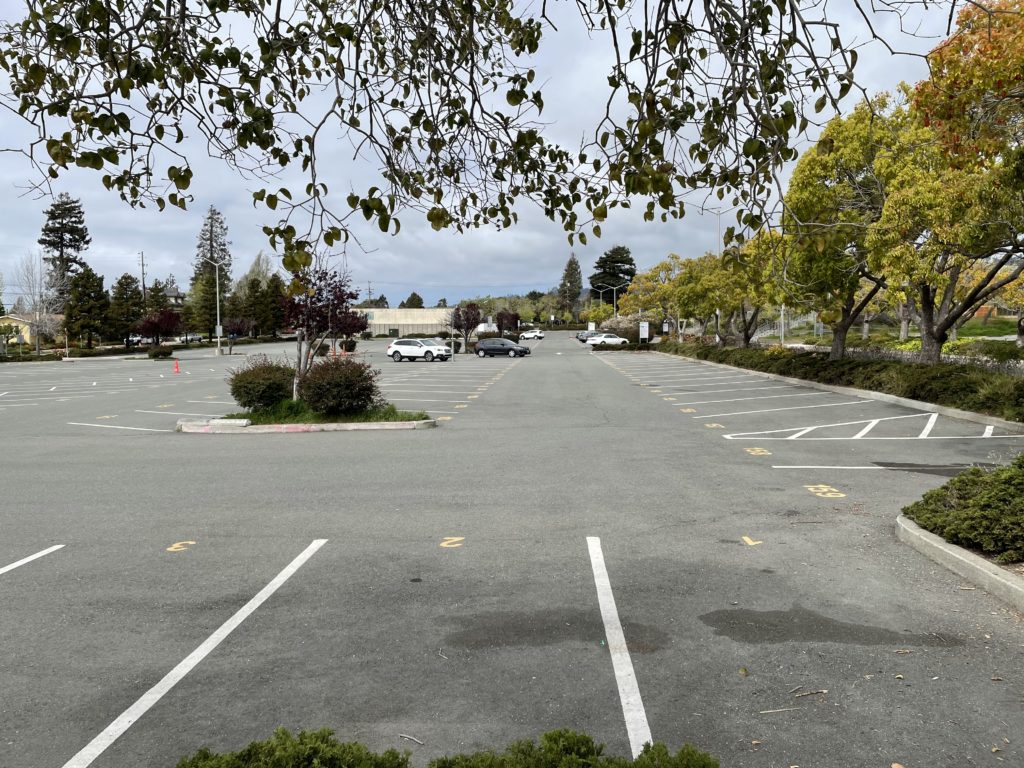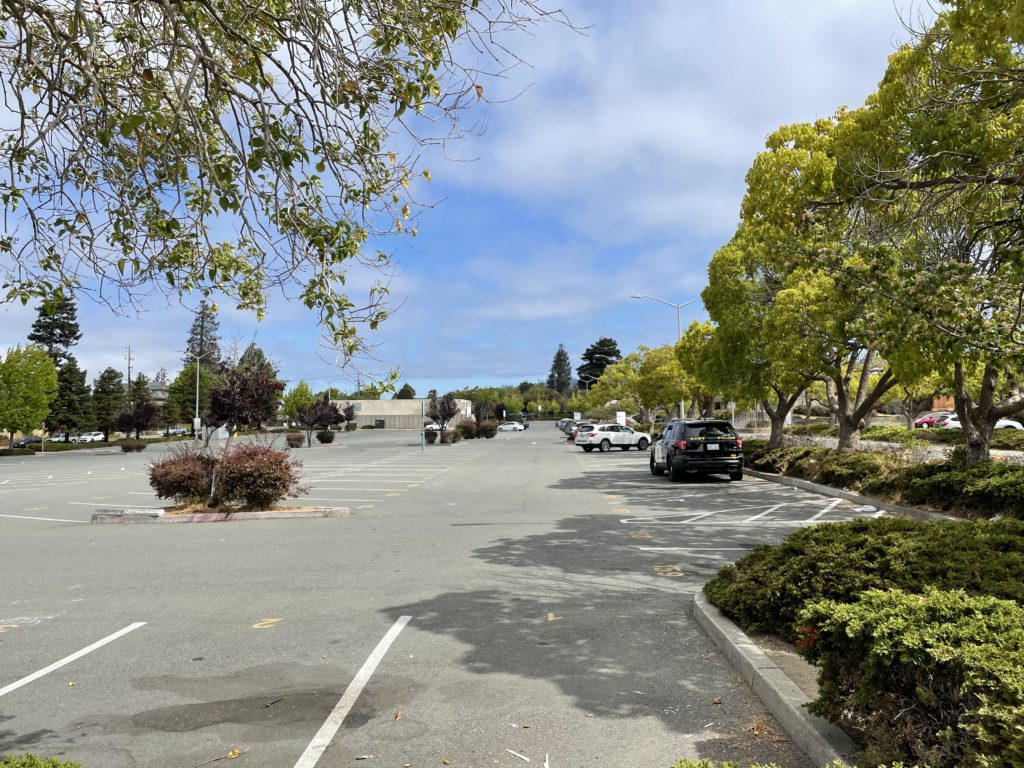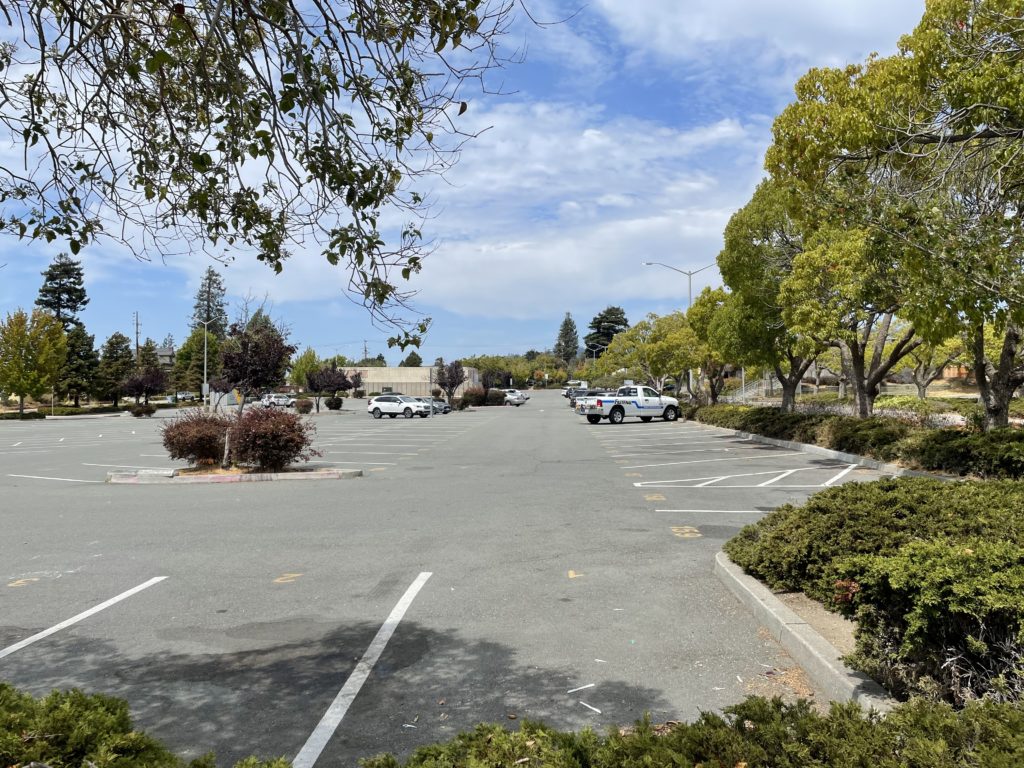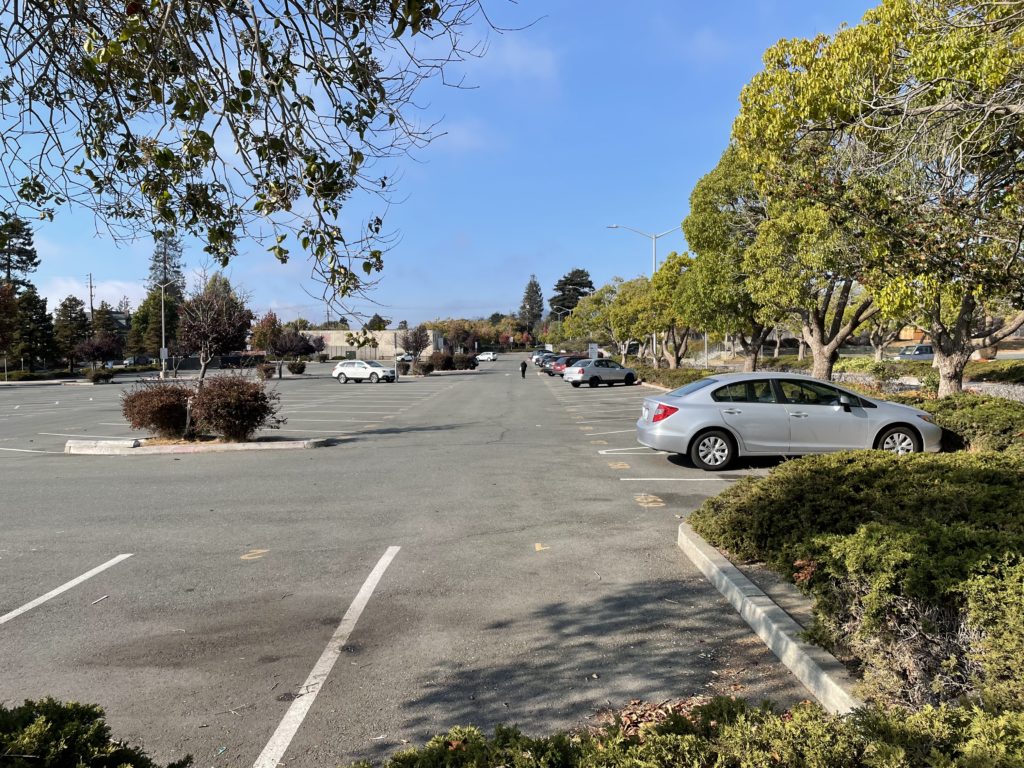Comparisons, anyone?
Brightline Holdings, a company developing high-speed train service from Las Vegas to the L.A. area, broke ground the other day on a system it says will cost $12 billion. The 218-mile route will include four stations. The company says it will begin service in 2028, in time for the Summer Olympics in Los Angeles.
We’ll see how credible those estimates and promises are, but in a state notorious for obscene infrastructure cost overruns and project delays, the promise of a working train system from scratch in four years seems miraculous. (Yes, hear a voice says, “If it sounds too good to be true. …”)
The Santa Clara Valley Transportation’s Authority’s project to extend BART six miles through downtown San Jose currently carries a price tag of $12.7 billion. Given the project’s shocking recent price escalation, no one will be too surprised to see the cost rise further. And as the price goes up, the VTA keeps pushing the extension’s forecast opening date further into the future. Once upon a time, the agency talked about the line opening by the end of this decade. Now it’s scheduled to start carrying paying passengers in around 2037.
No particular point here — the facts alluded to above are well known. But no one I know has called out the similar cost estimates for the two projects, which are very different in almost every other way. Brightline will run down a highway median on the surface, for instance. The BART route through downtown San Jose involves a deep, five-mile-long tunnel, construction beneath an urban center, and working in a region where property acquisition costs are extreme, among other differences.
But even given all that, you naturally wonder whether one of the projects here is exceedingly skillful at stretching dollars and the other, not so much.

